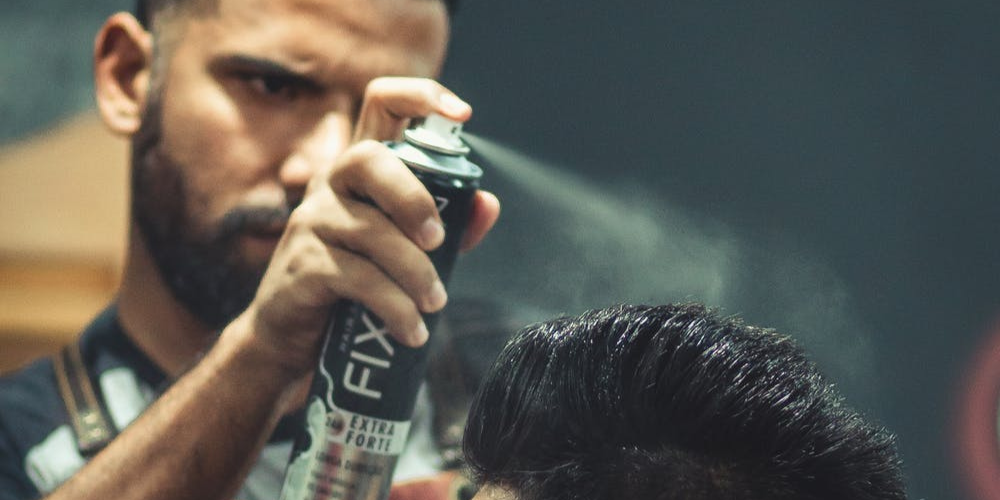
Unfortunately, in today’s cosmetics, dangerous ingredients can be found lurking inside some of our favourite products. Tiny hidden particles that are harmful to us and you’d never know it — until now.
In this article, we’ll break down, Vinyl Chloride, one of these dirty ingredients, to uncover: what it is, where it’s found, and what the risks of exposure are.
What is Vinyl Chloride?
Vinyl Chloride, also known as chloroethene, chloroethylene, ethylene monochloride, or monochloroethylene, is a colorless gas that burns easily and is not very stable at higher temperatures. When kept under pressure or at low temperatures, it exists in a liquid form, but at room temperature, it exists in gas form. At 3.0 ppm in air, vinyl chloride has a sweet scent, and in 3.4 ppm of water, it can be tasted.

Where is Vinyl Chloride Found?
Vinyl Chloride has also been used as a propellant in aerosol sprays and as an ingredient in cosmetics too, but in the mid-70s, it has mostly been used to produce PVC.
It doesn’t end there, Vinyl Chloride is also a known ingredient in car upholstery, automotive parts, wall coverings, and housewares
As it does not occur naturally, Vinyl Chloride must be man-made and by far the most recognizable product containing vinyl chloride is Polyvinyl Chloride. Polyvinyl Chloride or PVC is used in plastics, plastic piping, cable/wire coatings, and some packaging materials.
What are the Risks of Exposure to Vinyl Chloride?
If an aerosol product containing vinyl chloride is used in a small room, a person could be affected by unsafe levels of vinyl chloride exposure, this is why the CDC, EPA, and US Dept. of Health all agree that contact with this chemical is toxic. If inhaled, high levels of this toxic chemical can even lead to death.
Exposure to unsafe levels of vinyl chloride could cause a person to experience dizziness, headache, disorientation, and even unconsciousness. There have also been studies on animals that have shown it to be carcinogenic. In addition to reports linking the carcinogenic effects of vinyl chloride to individuals working alongside this dangerous chemical.
Excessive and repeated exposure to vinyl chloride has been linked to many different forms of cancer including liver, brain, lung, lymphoma, and leukemia.
In other cases over the years, victims have even demonstrated a change in their liver structure. This of course is more likely in higher levels of exposure. Others who have worked with vinyl chloride have experienced nerve damage, or blood flow issues in their hands, causing their fingers turn white and to hurt if they go into a cold area.

How Are People Exposed to Vinyl Chloride?
Since vinyl chloride is a gas, exposure is primarily limited to inhalation. This can occur at a facility where vinyl chloride is being produced or in the case of tobacco, as a result of second-hand smoke.
If a water supply becomes contaminated, usually near a vinyl processing plant, vinyl chloride can even seep into the water used for showering, cooking, and laundry.

Is Vinyl Chloride Safe?
Quite simply, no. Any aerosol containing it as an ingredient is considered “injurious” to users and is “deemed to be adulterated under 601(a) of the Federal Food, Drug, and Cosmetic Act.”
Other government agencies have weighed in as well:
- the US Department of Health and Human Services has determined vinyl chloride to be a known carcinogen
- the International Agency for Research on Cancer has determined vinyl chloride to be a known carcinogen of people
- the EPA has determined that vinyl chloride is a human carcinogen
All in all, given the risks, it is important to be sure none of the products you currently use have this dirty ingredient in them.
Disclosure: We are a professional review and product rating website and mobile app that receives compensation from the companies whose products we review and rate. We are independently owned and the opinions expressed here are our own interpretations of a trusted source. This blog post may contain affiliate links.
Ingredient Breakdown: Vinyl Chloride was originally published in Think Dirty on Medium, where people are continuing the conversation by highlighting and responding to this story.